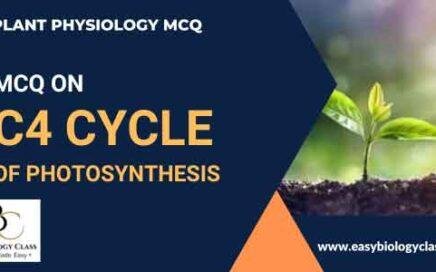
MCQ on C4 Cycle (Hatch and Slack pathway)
The C4 cycle (Hatch and Slack Pathway) is a photosynthetic process in some plants where CO₂ is initially fixed into a four-carbon compound. This adaptation […]

The C4 cycle (Hatch and Slack Pathway) is a photosynthetic process in some plants where CO₂ is initially fixed into a four-carbon compound. This adaptation […]
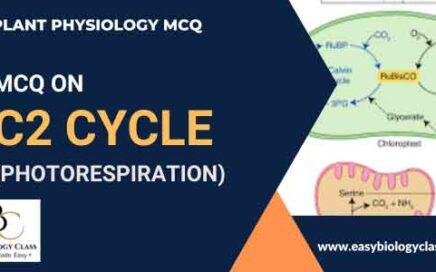
Photorespiration is a process in plants where the enzyme RuBisCO oxygenates RuBP, leading to the release of CO₂ instead of its fixation. This occurs when […]
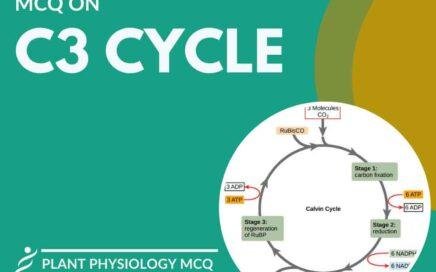
The Calvin cycle, also known as the C3 cycle, is a process in photosynthesis where carbon dioxide is converted into organic compounds like glucose. It […]

Cyanobacteria PPT | Blue Green Algae PPT (BGA) | General Characteristics of Cyaobacteria | Cyanobacteria Notes | Great Oxidation Event | How Cyanobacteria differ from […]
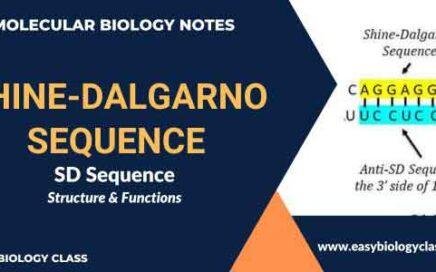
What is Shine Dalgarno Sequence? The Shine Dalgarno sequence aka SD Sequece is a ribosomal binding site in bacterial and archaeal mRNA. Usually, it is […]
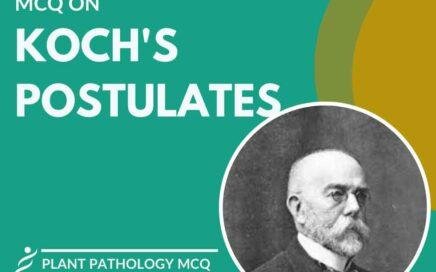
Koch’s postulates are four criteria developed by Robert Koch to establish a causal relationship between a microorganism and a disease. They include isolating the microbe, […]
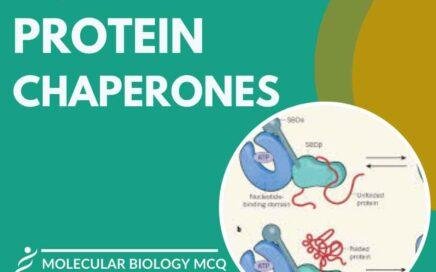
Molecular chaperones are proteins that assist in the proper folding, assembly, and stabilization of other proteins. They prevent misfolding and aggregation, guide proteins to their […]

Caspases are a family of protease enzymes that play essential roles in apoptosis (programmed cell death) and inflammation. They cleave specific proteins at aspartic acid […]
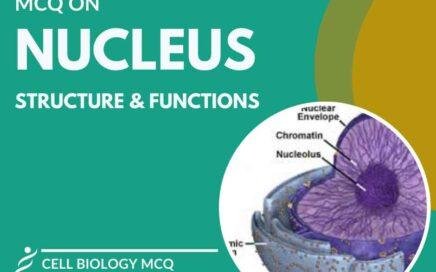
The nucleus is a membrane-bound organelle in eukaryotic cells that contains most of the cell’s genetic material in the form of DNA. It serves as […]